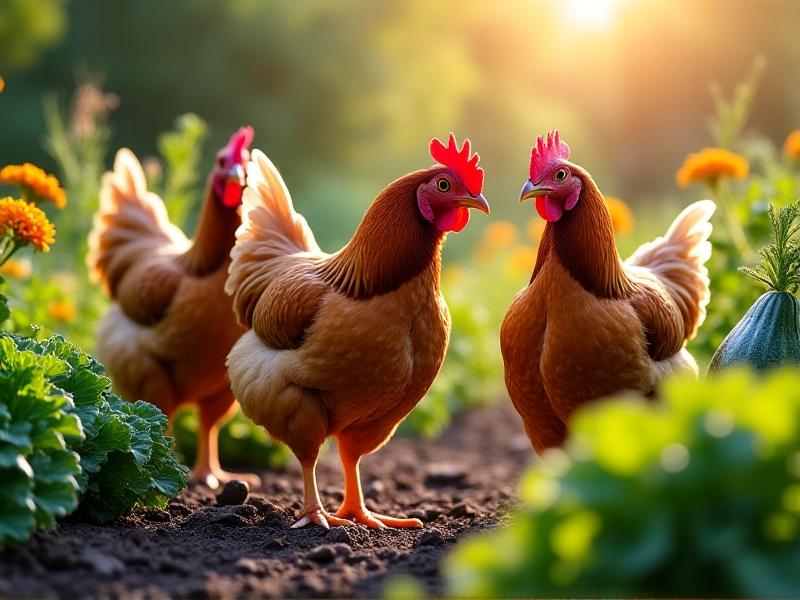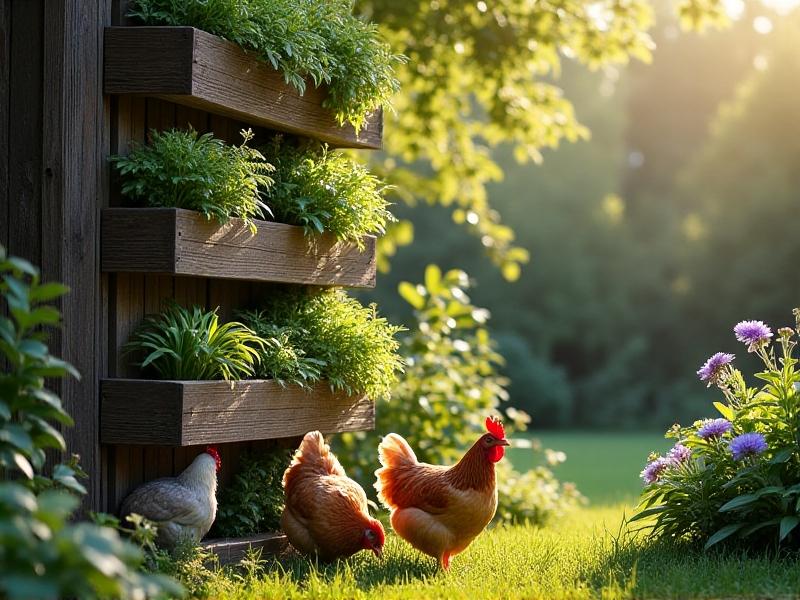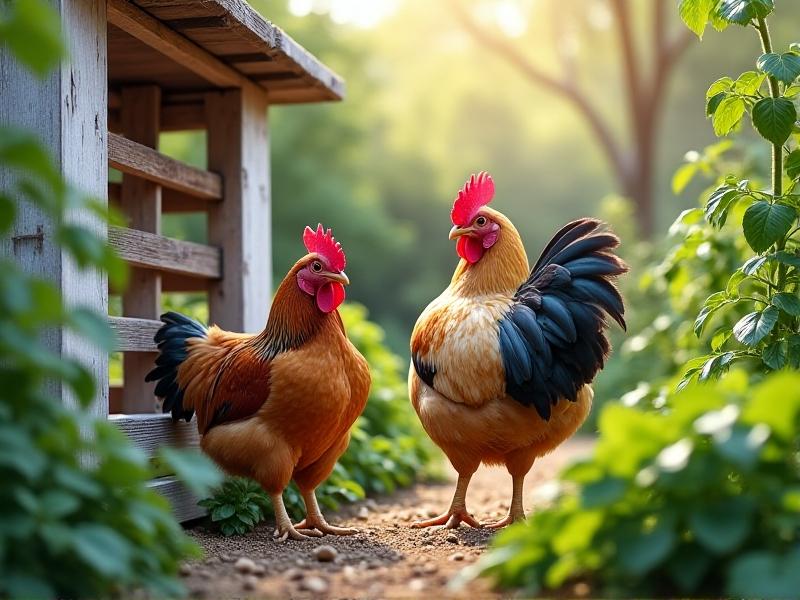Chicken-Friendly Garden Design: Dual-Purpose Urban Spaces
The Rise of Urban Chicken-Keeping and Sustainable Living
As cities grow denser, the desire to reconnect with nature has sparked a movement toward urban homesteading. Among these trends, backyard chicken-keeping has emerged as a popular way to blend sustainability with self-sufficiency. Urban dwellers are transforming patios, rooftops, and tiny yards into productive spaces where chickens and gardens coexist. This shift isn’t just about fresh eggs—it’s a reimagining of how urban landscapes can serve both humans and animals.

Why Chickens Belong in Your Garden Ecosystem
Chickens are natural allies in garden health. Their foraging habits control pests like slugs and beetles, while their scratching aerates soil. Droppings add nitrogen-rich fertilizer, reducing the need for synthetic alternatives. Beyond utility, chickens offer companionship and a tangible connection to food sources. Integrating them into garden design creates a closed-loop system where waste becomes resource, and every inch of space serves dual purposes.

Core Design Principles for a Chicken-Friendly Garden
Successful chicken-garden integration starts with thoughtful layout. Prioritize safety with predator-proof fencing and elevated coops to avoid flooding. Create zones: dedicate areas for dust baths and scratching, while protecting delicate seedlings with movable barriers. Use hardscaping like gravel paths to contain mud, and ensure shaded spots for summer. Balance open space for chicken activity with dense planting beds to maximize yield.

Selecting Plants That Thrive With Clucking Companions
Choose plants that benefit from chicken activity or withstand light foraging. Tall, sturdy greens like Swiss chard and dinosaur kale resist pecking. Herbs like oregano and thyme thrive in well-aerated soil near coops. Include chicken-friendly edibles like nasturtiums and sunflowers—their seeds and petals double as poultry snacks. Avoid toxic species like foxglove or nightshade, and use raised beds for vulnerable crops like lettuce.

Maximizing Small Spaces: Creative Layout Strategies
Urban gardens demand vertical thinking. Install hanging planters with trailing strawberries out of reach, or use trellised beans as living fences. Rotate chickens through “tractored” runs placed over spent garden beds to till and fertilize. Fold-down roosts and nesting boxes save space, while dual-purpose furniture—like a bench with built-in feed storage—adds functionality. Even a 10x10 foot plot can yield eggs and veggies with smart design.
Navigating Common Urban Chicken-Keeping Challenges
Noise and odor top urban concerns. Opt for quieter breeds like Silkies or Australorps, and maintain a balanced diet to minimize pungent droppings. Automated coop doors prevent predawn crowing. Bury hardware cloth around runs to deter digging pests. Engage neighbors with fresh eggs and clear communication about your plans—transparency turns potential critics into allies.
Building Community Through Shared Backyard Spaces
Collaborative gardens amplify urban chicken-keeping’s potential. Partner with neighbors to create a shared coop, rotating care duties. Host workshops on composting with chicken manure or crafting nesting box liners. Install a roadside egg stand with surplus produce—these micro-economies foster connections while normalizing livestock in cities. Check local ordinances; many areas allow 3-6 hens per household, often excluding roosters.
From Concept to Reality: A Sample Garden Blueprint
Imagine a 20x30 foot backyard with a 4x6 foot coop against the north wall. The adjacent run opens into a circular herb garden, edged by raspberry canes. South-facing beds grow pollinator flowers and heat-loving veggies, shielded by removable wire grids. A central rain barrel feeds drip lines, while a repurposed sandbox serves as a dust bath zone. This layout yields 5 eggs daily, seasonal produce, and endless learning opportunities.






